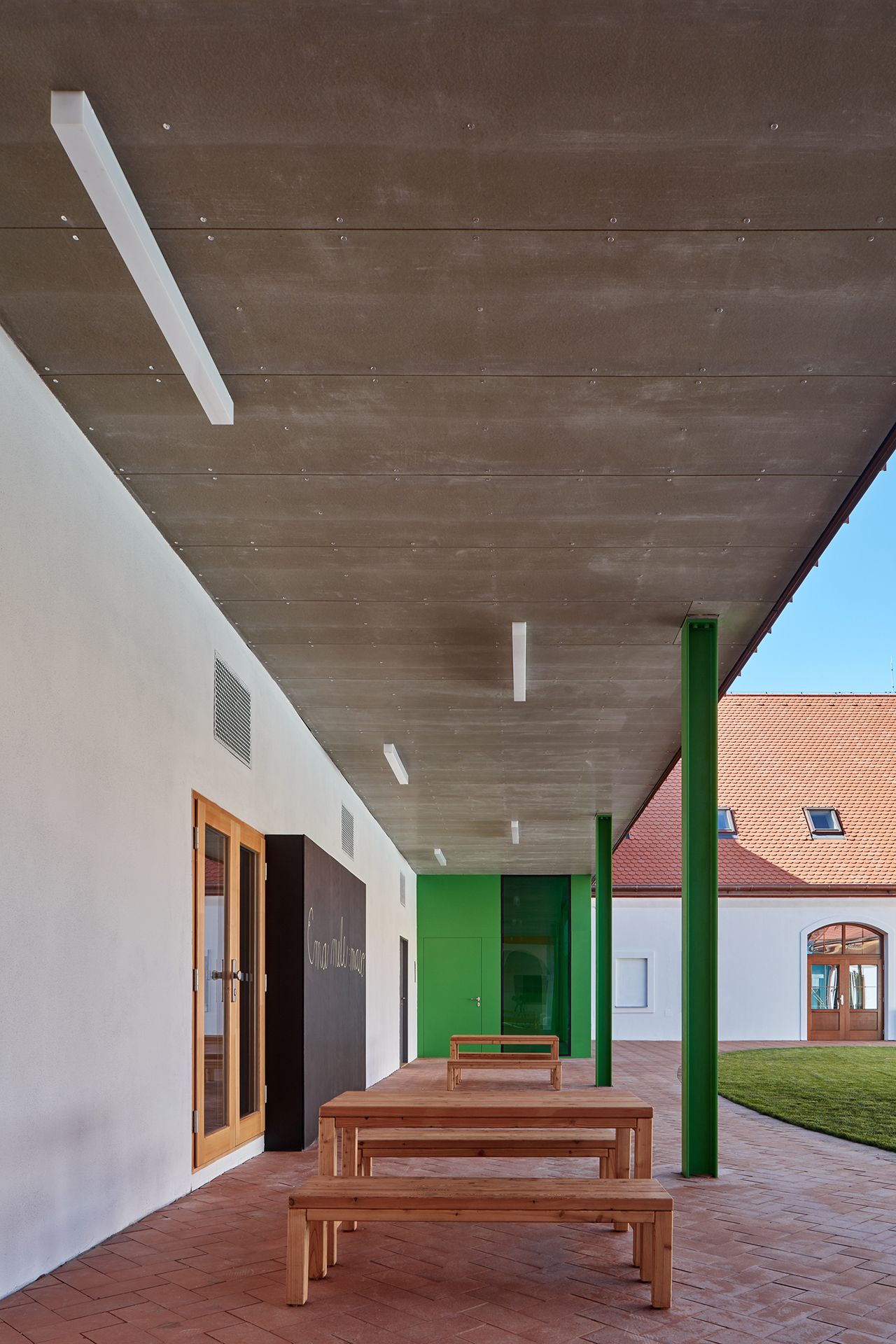
As the COVID-19 pandemic spread across the globe in early 2020, schools were forced to close their doors and transition to a virtual learning environment. This sudden shift transformed homes into makeshift classrooms, with living rooms and dining tables becoming the new school desks. Parents became essential partners in their children’s education, monitoring online classes, helping with assignments, and juggling work responsibilities. The traditional school routine was replaced with a more flexible schedule, allowing students to learn at their own pace and in their own comfort. While this transition presented many challenges, such as technological barriers and lack of social interaction, it also brought families closer together and highlighted the importance of adaptability and resilience in times of crisis. As schools gradually reopen and return to in-person learning, the experience of transforming homes into schools will leave a lasting impact on education, fostering a greater appreciation for the role of parents in their children’s learning and the potential for innovative approaches to teaching and learning in the future.
The COVID-19 pandemic has forced schools around the world to shift to virtual learning, transforming the way education is delivered. With schools closed and students learning from home, parents have had to take on a more active role in their children’s education. The traditional classroom setting has been replaced with online classes, virtual assignments, and video conferencing, creating a new normal for both students and teachers.
As schools transformed into virtual classrooms, parents have had to create learning environments within their homes to support their children’s education. This has required parents to juggle work responsibilities, household chores, and homeschooling duties all at once. Many parents have found themselves taking on the role of teacher, helping their children navigate through online lessons and assignments. The lines between work and home life have become blurred as parents strive to provide a conducive learning environment for their children.
Despite the challenges of transitioning to virtual learning, the pandemic has also presented opportunities for families to bond and spend more time together. Parents have had the chance to engage more actively in their children’s education, gaining a deeper understanding of their academic progress and challenges. This shift has highlighted the importance of communication and collaboration between parents, teachers, and students, working together to ensure positive learning outcomes. The pandemic has forced families to adapt to a new way of learning, fostering resilience and creativity in the face of uncertainty.
 home decor trends
home decor trends



